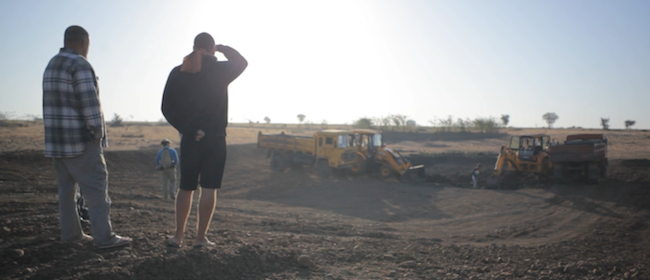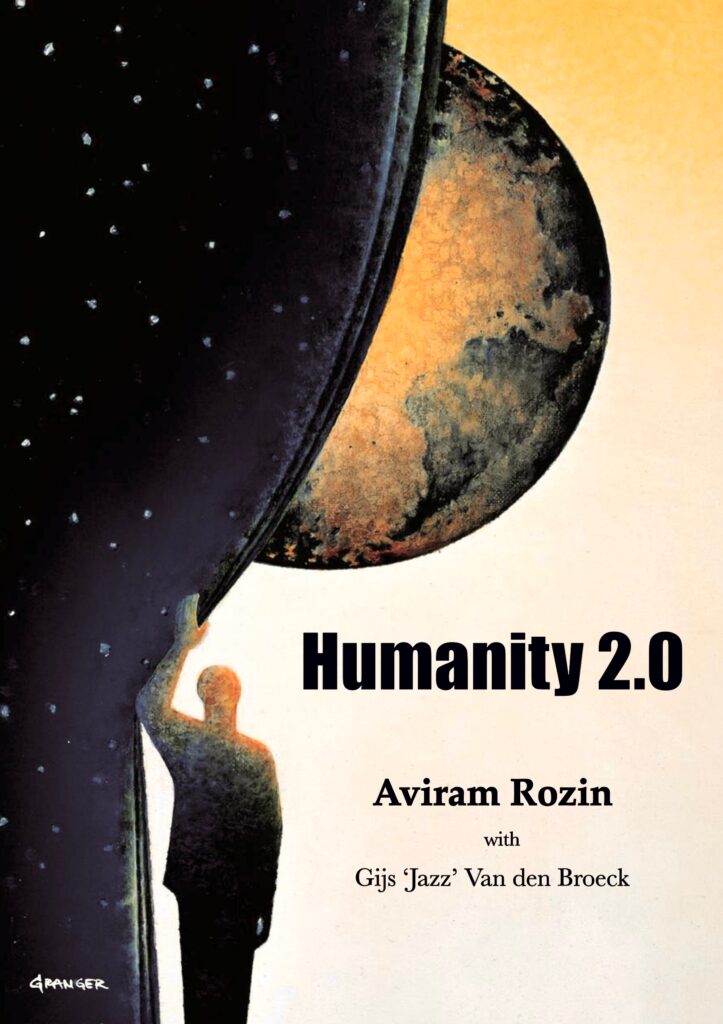In 2012, Prahlad Singh Tipaniya, “one of the most compelling folk voices of Kabir in India today,” visited Auroville. During his stay, Prahladji visited Sadhana Forest, learning about the project’s ecological efforts. Moved by this, he invited Sadhana Forest to his home in Madhya Pradesh, a small village called Luniyakhedi. Six months later the highly motivated Sadhana Forest team landed in Luniyakhedi with a JCB in tow. This is the journey of the Sadhana Forest team, their earth moving work to restore the degraded lands of Luniyakhedi … in ten days, culminating with mellifluous and energetic Kabir music.
Luniyakhedi
Luniyakhedi is a small village located in Madhya Pradesh, Central India. The area is one of the driest in India. Many rural villages in India, like Luniyakhedi, have water shortages as underground aquifers are over used and this results in wells running dry. Villagers depend on these same wells for household activities, farming, and drinking needs. For most of the year, villagers must walk 1-2 km (1/2 – 1 ¼ miles) to access water. As the population continues to expand and water resources are finite, water management will continue to be a high priority in India. Many villagers are migrating from their native villages to urban centers due to of lack of access to water which negatively impacts their livelihood opportunities. Luniyakhedi is progressing towards a more serious water shortage issue.
Water Conservation
A major aspect of water conservation is trying to achieve zero run off. This is a point where every drop of rain that falls on the ground stays there and does not travel on the land. The reason for this is that when water travels on the ground there is a lot of evaporation, top soil is washed away, and eventually the water reaches canyons and streams but does not recharge local aquifers.
When it rains in this area the ground cannot absorb such a large amount of water in such a short period of time. To make sure the water does eventually get absorbed we build a series of bunds, swales, dams, and check dams, basically slowing down the movement of water on the land and stopping it where we can. When the water is held in place it slowly percolates into local underground aquifers, resulting in the rise of the water table which eventually recharges local wells.
Our Project
Sadhana Forest India began its water conservation project in Luniyakhedi in February 2013. A group of participants traveled from Auroville for the first phase of the project which consisted of constructing a large earth dam.
This has been the first phase of an ongoing project. We have received reports from Prahladji and other visitors to Luniyakhedi that the dam we have constructed is filling up with water and percolating into the ground (recharging the aquifer). We believe that in 2-3 years the inhabitants of Luniyakhedi will be able to see the results in the wells.
Luniyakhedi Water Conservation Project Movie:
Sadhana Forest – Luniyakhedi water conservation project from Yoav Lutzky on Vimeo.


